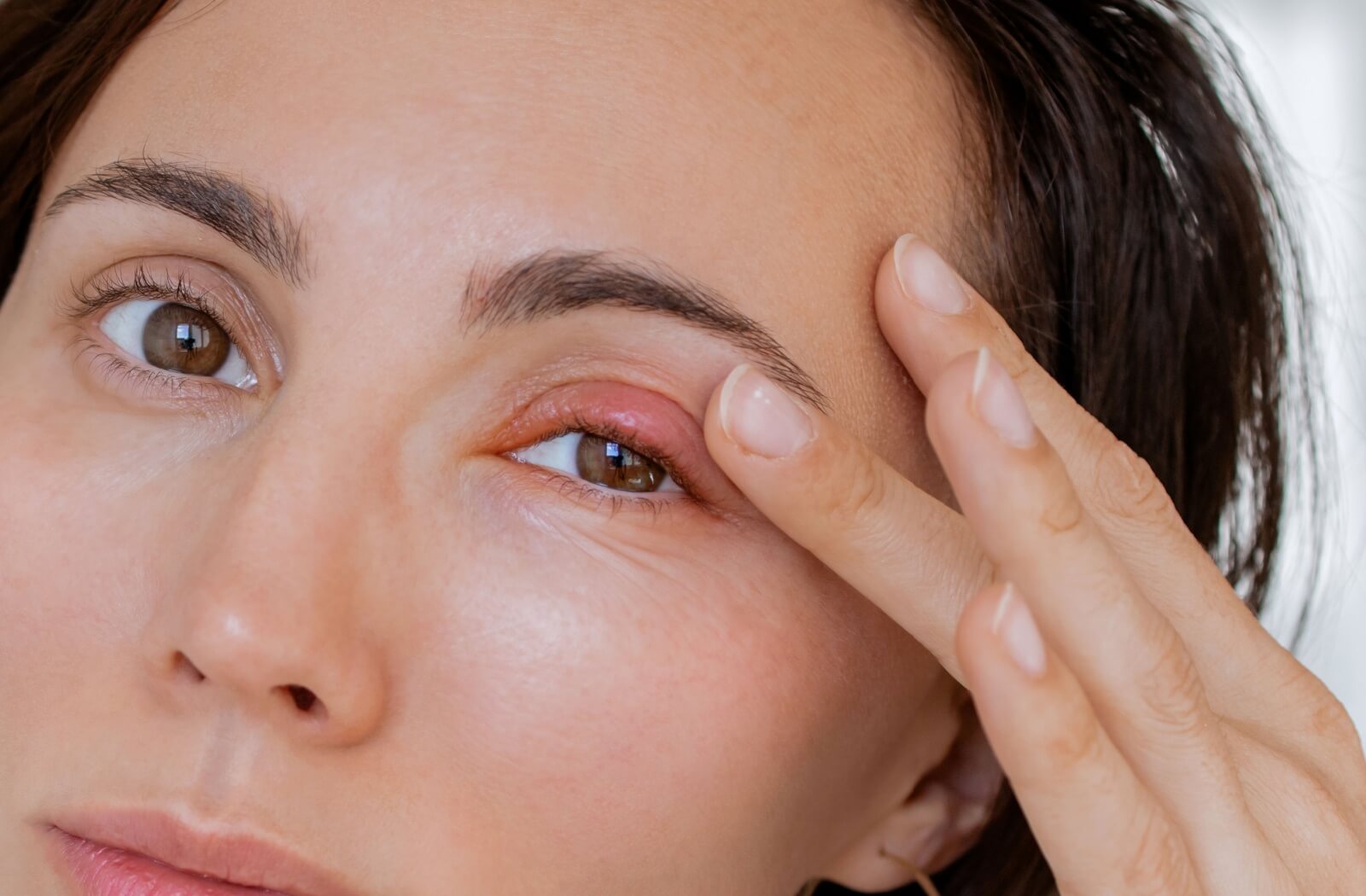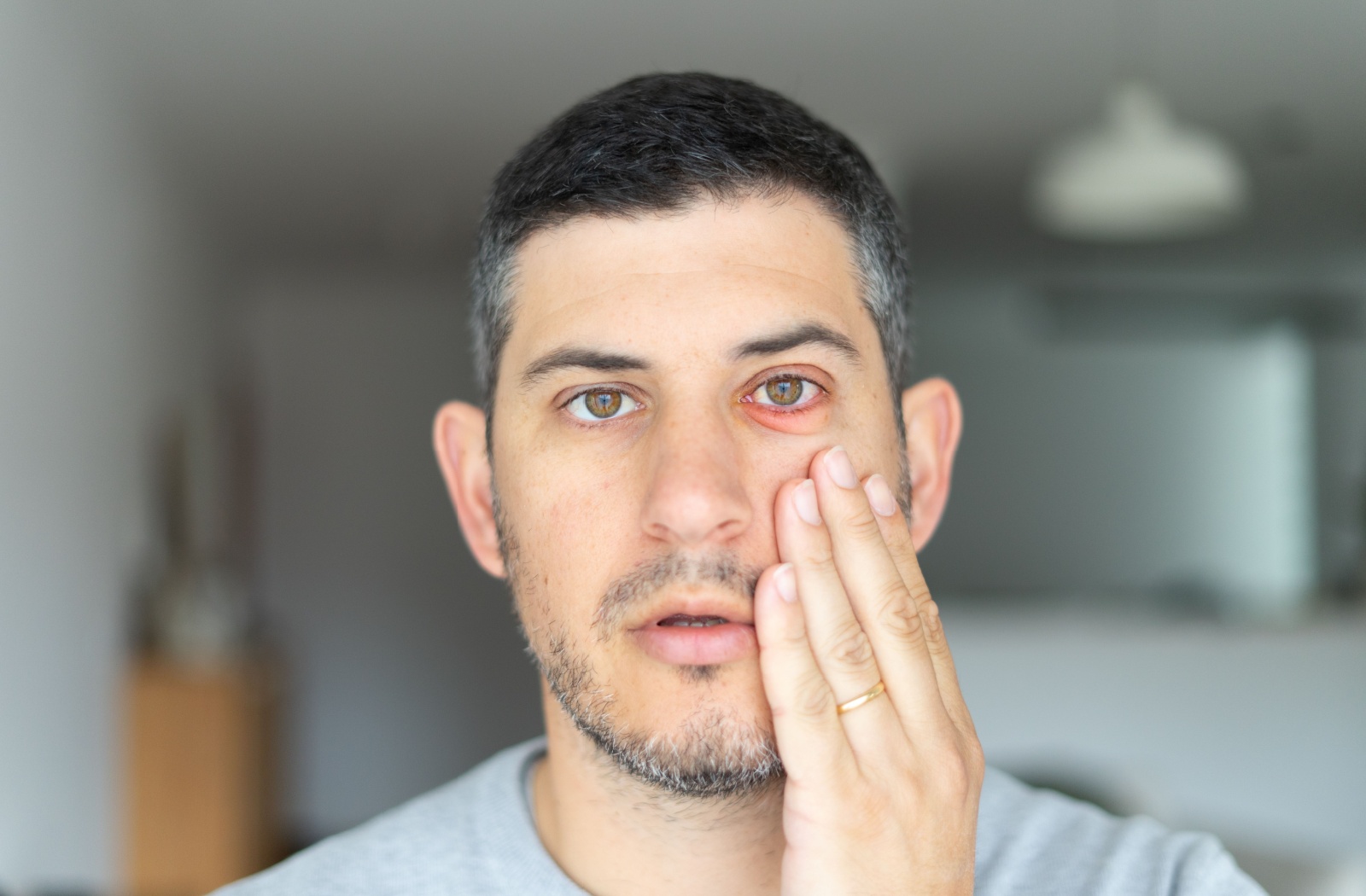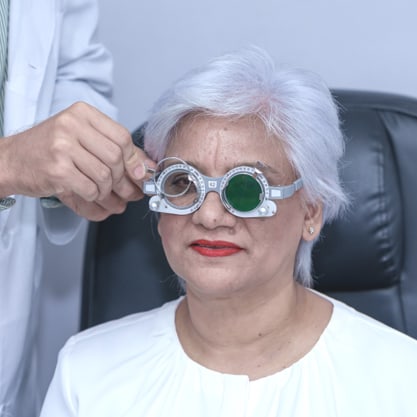Pink eye, or conjunctivitis, is one of the most recognizable eye conditions. Its telltale signs of redness and irritation bring countless people to clinics each year. But not all red, uncomfortable eyes are caused by pink eye. Many other eye issues can mimic its symptoms.
Pink eye has symptoms in common with other eye conditions such as dry eye, styes, blepharitis, and more. Getting an accurate diagnosis is important for receiving the correct treatment and knowing when to avoid spread, so visit your optometrist if you suspect pink eye or a similar condition.
However, if you’re experiencing signs and symptoms of an eye emergency, make sure to get help right away.
What Is Pink Eye?
Pink eye, or conjunctivitis, is a general term for inflammation of the conjunctiva, the thin, transparent tissue covering the white part of your eye. This irritation causes your eyes to appear red or bloodshot due to swelling of the tiny blood vessels within the conjunctival.
Types of Pink Eye
There are actual three main categories of pink eye, and not all of them are contagious:
- Infectious conjunctivitis: This category includes both bacterial and viral infections. Bacterial conjunctivitis is often caused by contact with bacteria through things like unwashed hands or sharing makeup. Viral conjunctivitis is often linked to the viruses that cause the common cold. Both bacterial and viral conjunctivitis are contagious and can spread to both eyes and between people.
- Allergic conjunctivitis: Triggered by exposure to substances like pollen or animal dander, this type of conjunctivitis can happen seasonally or year-round. Allergic conjunctivitis is not contagious.
- Chemical conjunctivitis: This type of conjunctivitis is caused by exposure to irritants like air pollution, chlorine from pools, or noxious chemicals. It’s not contagious, but exposure to certain chemicals can be dangerous.
Pink Eye Symptoms
Common symptoms of conjunctivitis include:
- Pinkness or redness in the white parts of the eye
- Inflamed eyelids
- Itchiness or stinging
- Swollen eyelids
- Light sensitivity
- Tears and discharge, which may be sticky
Conditions Similar to Pink Eye
Several eye conditions share overlapping symptoms with pink eye. The following is a (non-exhaustive) list of similar conditions, their causes, and their symptoms.
Allergies
Allergic conjunctivitis can actually be considered a type of pink eye, but is sometimes confused with the infectious varieties. Unlike infectious conjunctivitis, however, it’s not contagious and can be treated with allergy medications called antihistamines.
Allergic conjunctivitis may be accompanied by nasal symptoms like an itchy, runny nose and sneezing. Some people also have allergic shiners.
Dry Eye
Otherwise known as ocular surface disease, dry eye happens when your eyes don’t make enough tears or the tears lack the right balance of ingredients. Because dry eye leads to burning, redness, and a gritty sensation, it can be confused with infectious pink eye. However, pink eye is more likely to cause itchiness and discharge.
Dry eye can be a chronic condition that, if left untreated, can damage corneal tissues. There are many treatments available, from simple warm compresses to radiofrequency treatment.
Stye
Also known as a hordeolum, a stye looks like a small, red, painful bump on the edge of the eyelid. It’s caused by a blocked gland becoming infected by bacteria, most often Staphylococcus aureus. While discomfort and redness may make them seem similar to pink eye, styes can often be visually distinguished by the bump.

Blepharitis
Blepharitis is a chronic inflammation of the eyelids. Like pink eye, blepharitis can involve redness and irritation. However, blepharitis also causes crusty, sticky eyelashes and swollen, oily eyelids. The condition is also linked to skin issues like acne rosacea and dandruff. Chronic pink eye may even be a complication of blepharitis.
Keratitis
Keratitis is inflammation of the cornea, which is the clear, outer layer of your eye. It can be caused by a bacterial, fungal, or parasitical infection, or it can be caused by injury. People who wear contact lenses are at increased risk of a keratitis infection. Keratitis may require emergency medical attention if caused by deep scratches on the cornea.
Anterior Uveitis
Anterior uveitis refers to an inflamed middle layer of the eye. Symptoms include redness, pain, sensitivity to light, and blurred vision. While anterior uveitis is not contagious, it requires prompt treatment to avoid permanent complications or even loss of vision. The cause of anterior uveitis is often unknown, but it has been linked to underlying diseases like rheumatoid arthritis and inflammatory bowel disease.
The Importance of an Accurate Diagnosis
Treating your red or irritated eyes at home with over-the-counter drops may seem convenient, but using the wrong medication can be ineffective or even harmful. For example, conditions like keratitis and anterior uveitis can have serious consequences if not treated right away. Knowing you have an infectious form of pink eye is also helpful because then you can take steps to avoid spreading the infection to others.
If you experience symptoms like severe eye pain, sudden loss of vision, or have experienced an eye injury or chemical exposure, get emergency help right away.
Take Care of Your Eyes
Not sure whether you have pink or something else? Talk to an optometrist. Optometrists at Sage Eyecare in Etobicoke/Mississauga have decades of experience, and our clinic offers comprehensive eye exams, eye disease management, myopia control, and more.
To discuss your eye care needs, book an appointment with us today.

























